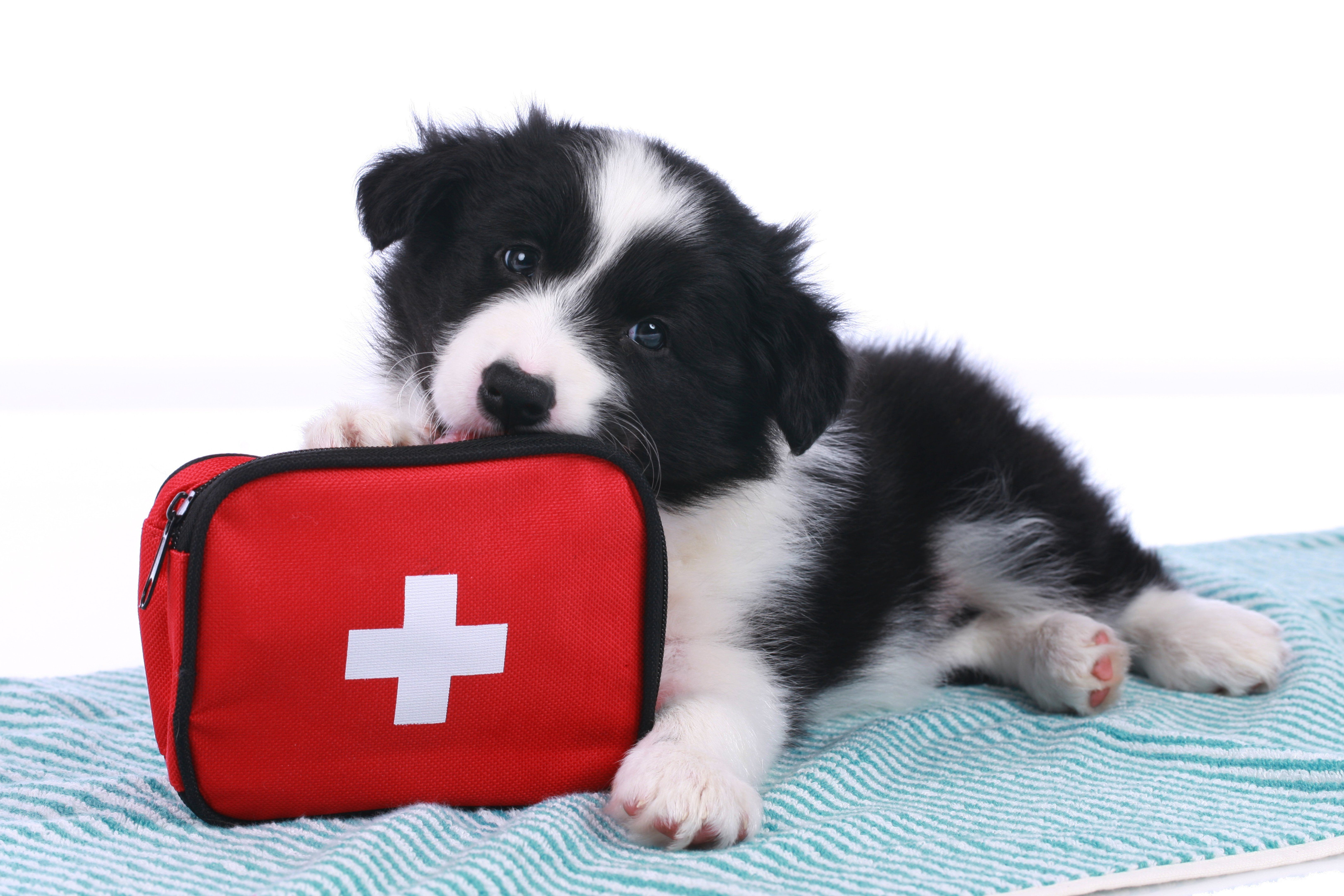News List

July 19, 2024
Pets, just like humans, can experience seizures. These sudden and uncontrolled electrical disturbances in the brain can be a frightening experience for both you and your furry companion. As a responsible pet owner, it's essential to understand the common causes and symptoms of pet seizures to ensure you're prepared to handle such situations effectively.

Respiratory distress in pets can be caused by various underlying conditions, which may require immediate veterinary attention. Several common causes of respiratory distress in pets include:

January 02, 2024
As the years pass, our pets' bodies change. Their metabolism slows down, their immune system becomes less robust, and they might not be as physically active as they used to be. These changes can make them more vulnerable to diseases and conditions that they might have easily overcome in their younger years.

September 5, 2023
The American Society for the Prevention of Cruelty to Animals reminds pet parents to be aware of gastrointestinal emergencies and toxins this summer. Recognizing them can save your pet’s life. It can even help you create a safe haven for your pet during the hot months.

July 31, 2023
No pet parent wants to deal with an emergency with their furry friend. Unfortunately, accidents and emergencies happen, regardless of all the precautions you take. Knowledge of basic first aid can mean the difference between life and death.

April 17, 2023
First aid can save your pet’s life in an emergency. If your pet stops breathing, is choking, or suffers an injury, first aid can reduce pain and suffering. However, your actions should not be a substitute for getting veterinary care.

February 28, 2023
When it comes to urgent and emergent dental care, we have three primary goals 1) Managing Pain 2) Preventing, Treating, or Controlling Infection, and 3) Stabilizing any trauma until it can be surgically managed by a primary care veterinarian or boarded veterinary dental specialist. There are some surgical issues that can be dealt with entirely at the ER, but more commonly they require additional or more in depth care.







